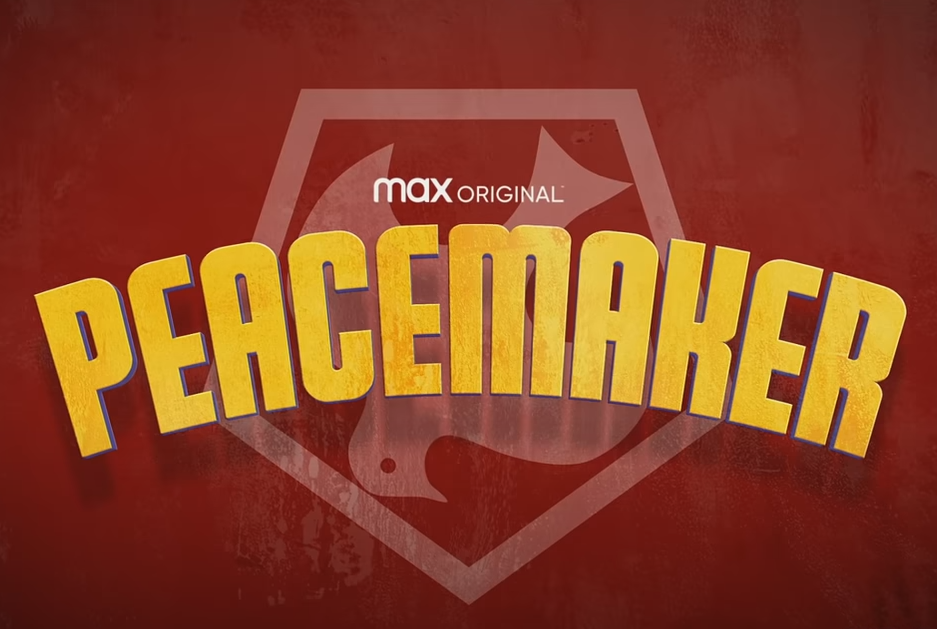In the past couple week, American manga fans were treated to some very interesting news regarding the Shonen Jump magazine in the United States. For those who don’t know, Shonen Jump is an imprint of manga that focuses on (usually) action-heavy stories targeted toward teen boys. Some of your favorite series like Dragon Ball, One Piece, Bleach, Naruto, and My Hero Academia have run (or continue to run) under this imprint. But, as in-the-know fans understand, Shonen Jump isn’t just an imprint, it’s a magazine. In an effort to let the layman understand why the impending news is such a big deal, it’s probably worth taking a step back and explaining how things work in the manga industry, starting with Japan.
Manga in Japan
Okay, so the comics industry is pretty different from the way things work here in the States. If I go into my local comics shop, I can generally pick up a handful of new Marvel and DC releases from several different series, with each short issue costing $3.99 or more. If I want to enjoy each story each week, I need to buy each one separately.
In Japan, new chapters of each ongoing series appear in a weekly magazine. These magazines are generally separated by demographic (ranging for magazines that target young boys older women), and one such demographic is the “shonen” manga, aimed at boys. One such magazine that targets that demographic is Shonen Jump.
With me so far? Okay, let’s keep it going.
Each week, they publish telephone-book-sized issues featuring the latest chapters of every ongoing series under the Shonen Jump imprint. So if you wanted to keep up with the latest chapters of My Hero Academia, this would be the way to do it.
Several months later, after a certain number of chapters have been published, a manga series will release a “volume” of manga, which generally consists of around nine to 11 chapters in Shonen Jump‘s case. This allows readers who don’t follow the magazine’s weekly release to enjoy the story without having to seek it out in back-issues of the magazine.
Shonen Jump in America (Before a Couple Weeks Ago)
In the past, the American side of Shonen Jump has tried their best to replicate the Japanese model. For several years, they had a print magazine that was published with glossy covers and newsprint interiors, but a handful of years ago, they went all digital, for obvious reasons.vThey took a couple handfuls of series from Japan and made a digital magazine you could download and consume every week on their site or on your smartphone or tablet using their app.
As you can see above, it allowed us users to read each magazine from each week, including a backlog of issues for as long as you were a subscriber (so if you were a member since January of 2018, your backlog goes through that day). Each issue, as in Japan, had the latest chapters of ongoing series.
For years, this worked perfectly well. It was day and date with the Japanese releases, so we were really getting an amazing deal for around $25 a year. But it wasn’t perfect.
The Problem With Weekly Magazines
If you’re an avid manga reader, I can’t really think of much to fault here with the format. You’re likely reading every series in every issue every single week, and all is right in the world, right? But what if you follow just a handful of series every week and want to jump onto another one?
Oftentimes, you’re forced to do one of two things: jump into the latest chapter of that series or purchase the earlier volumes in the series and read up to the latest chapter. Each approach has its own problems.
If you’re reading from the latest chapter on, you’re missing a lot of story. These series are usually incredibly serialized, so you have to play catch-up pretty hard, which is never fun.
With purchasing older volumes, there are two problems — the cost and “the gap.” The cost is a straightforward problem. It costs you more money to go back and buy old volumes. As such, you may turn to illegal manga scanlations, which tend to keep an extensive backlog of poorly-translated fan translations. The other problem is what I call “the gap.” The gap is the gap between volume publications and the most recent chapters in Shonen Jump.
There is nothing more frustrating than reading 10 volumes of a series and yet there being a 20-chapter gap between that volume and the current run of chapters in the magazine. If you are a subscriber, you can scroll back through old issues to try and see where the published volumes left off, but that’s a huge hassle, requiring you to download each issue and see which chapter of the series you want to catch up on has in it. And if you were a subscriber starting January 2018, and the “missing chapters” happened in earlier issues than when you started subscribing, you have to go ahead and purchase older back issues of the magazine — which is quite the investment.
Now, with the latest changes to American Shonen Jump, these problems are no more.
The New Format
America no longer prints a standard “magazine” that compiles the latest chapter of each series. Instead, they now have an app, where the latest two chapters of each ongoing series is available for free. So if you’re one of those people who is up to date, you need to pay nothing. You’ll have access to your favorite series’ last two chapters for free. However, if you find yourself wanting to get up to speed with a series (or many series), it’s now easier than ever.
For $1.99 a month, you are given access to all existing chapters for all ongoing Shonen Jump series. So, let’s say you want to catch up on My Hero Academia. Rather than buying all the volumes or going on a scanlation site, you subscribe to Shonen Jump for the monthly fee, and you have access to all of them. Yup, all 200+ chapters so far. It’s also worth noting that the first couple chapters of each series doesn’t even require payment, so you can also dip your toes into something and see if it’s worth a subscription. Furthermore, once you catch up, you can stay up-to-date on a weekly basis.
No longer do you have to wait for the manga volumes to get printed. No longer do you have to wait through “magazine issues.” Now, you can follow any series you want and catch up with practically as many series as you want for a low, low fee.
This is huge. Not only is this great for manga fans, but American comic book fans. If you’ve ever wanted an easier way to jump into some of the biggest series out there but have found them inaccessible, this is the best way to do it. It’s cheaper than any other service out there, and if you’re not the paying type, you can always hop on to a random series for free and follow it every week.
While I’ll miss perusing the random editorial content between each chapters every week, I think this is the smartest thing Viz Media could have done. Not only is manga now more accessible than ever, but it truly gives fans no excuse for going online and consuming illegal scans.
What do you think? Have you had a chance to download and try out the new Shonen Jump app yet? If not, does this new deal make the prospect of jumping in any more enticing? Let us know down below!
The new Shonen Jump app is available on the App Store and Google Play.
Don’t forget to share this post on your Facebook wall and with your Twitter followers! Just hit the buttons on the top of this page.

 FOR FANBOYS, BY FANBOYS
Have you checked out LRM Online’s official podcasts and videos on The Genreverse Podcast Network? Available on YouTube and all your favorite podcast apps, This multimedia empire includes The Daily CoG, Breaking Geek Radio: The Podcast, GeekScholars Movie News, Anime-Versal Review Podcast, and our Star Wars dedicated podcast The Cantina. Check it out by listening on all your favorite podcast apps, or watching on YouTube!
Subscribe on: Apple Podcasts | Spotify | SoundCloud | Stitcher | Google Play
FOR FANBOYS, BY FANBOYS
Have you checked out LRM Online’s official podcasts and videos on The Genreverse Podcast Network? Available on YouTube and all your favorite podcast apps, This multimedia empire includes The Daily CoG, Breaking Geek Radio: The Podcast, GeekScholars Movie News, Anime-Versal Review Podcast, and our Star Wars dedicated podcast The Cantina. Check it out by listening on all your favorite podcast apps, or watching on YouTube!
Subscribe on: Apple Podcasts | Spotify | SoundCloud | Stitcher | Google Play








